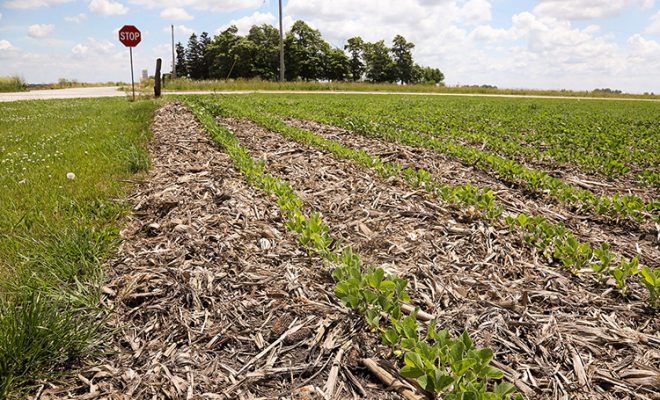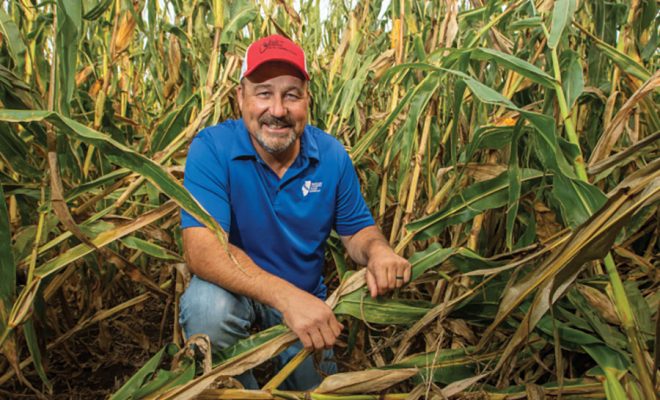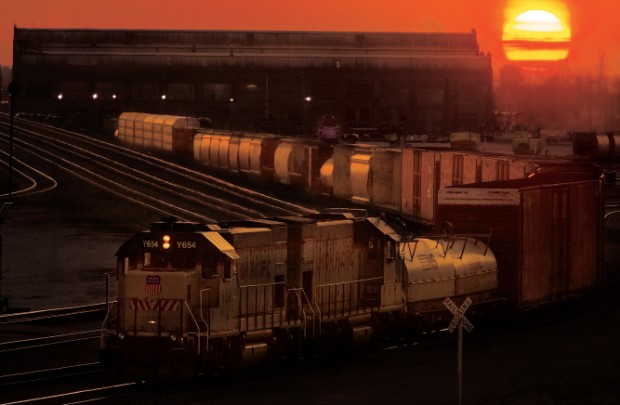
You see them every day – trucks, trains, barges and those curiously imposing metal boxes constantly hurtling down Illinois interstates.
However, you often don’t see the crosscurrents and interconnections of Illinois’ transportation network. Crops moving downriver, energy and construction materials moving north. Trucks hauling grains, oilseeds and other Illinois farm products for offloading into cargo containers, which in turn are deposited on wheels or rails for shipment to Gulf of Mexico or West Coast ports.
As a result, the average Illinoisan may not recognize the challenges of moving goods through rural counties and congested cities, as well as maintaining aging and, in some cases, crumbling highway and river infrastructure. On the flip side, you also may not be aware of the economic opportunities open to our state as a commercial hub at the intersection of several key interstate highways, rail lines and Illinois/Mississippi River export conduits.
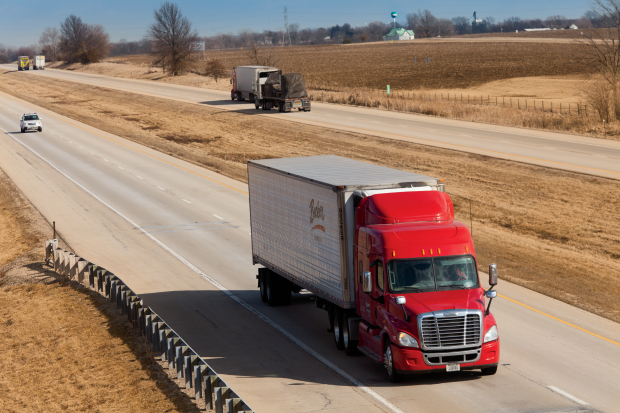
Container Cargo
Illinois stands to strengthen its already robust position as a capital for domestic container traffic – use of imported cargo “boxes” emptied of retail goods to ship corn, soybeans, feed and other products back to Asian markets. According to transportation analyst Ken Eriksen, more global customers elect to import soybeans via container to ensure product quality and protect specialty traits in different varieties of crops grown here. Container shipments account for about 8 percent of Illinois soybean exports alone.
“Illinois is very well situated to take advantage of these types of new opportunities,” Eriksen says. He cites the state’s huge metro consumer base, convergence of railroads, and regional capacity to move inbound containers into retail “big box” operations and position them for reloading.
“Container shipping has been a huge asset for Illinois farmers and, ultimately, for Illinois consumers,” says Bo DeLong, whose Wisconsin-based DeLong Co. has helped build a thriving container hub in the Chicagoland region.
DeLong noted containerized shipping has continued on the upswing even amid a decline in oceangoing “bulk” vessel traffic. Meanwhile, the Illinois Soybean Association (ISA) is exploring options for loading containers on river barges at terminals such as Joliet, Peoria or Granite City for shipment to Houston. ISA consultant Chuck Dillerud notes a federal government push to shift more containers from trucks to the rivers to relieve highway congestion.
Beyond farmer benefits, many see Illinois’ container industry as an engine for economic development. Archer Daniels Midland Co. (ADM) has joined with Illinois officials, three railroads and major container companies to develop a new Decatur-area “Midwest Inland Port.”
This would provide a new conduit not only for outbound corn, soybeans and ADM ag products but also for incoming freight. ADM Transportation President Scott Fredericksen hopes the inland port can benefit Central Illinois regional development while forging partnerships with other businesses that can complement agriculture.
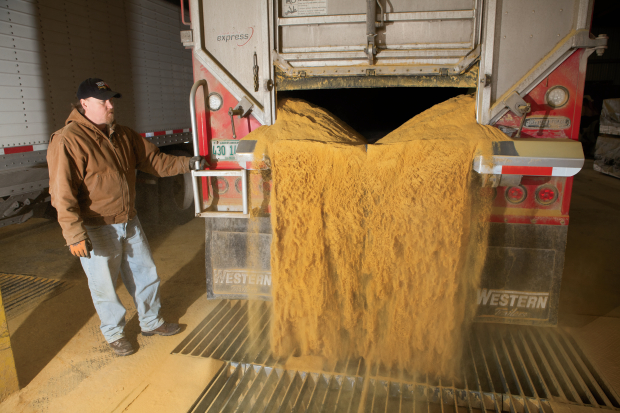
Bridging the Gap
Many Illinois businesses and shippers face problems on the waterways. These concerns include substandard rural bridges that link farmers with grain elevators and undersized, 60-plus-year-old Mississippi River locks in some cases barely able to accommodate larger modern barge tows. (“Locks” refers to the enclosures that raise and lower boats as they pass between different water levels.)
The 1,200-foot Melvin Price Lock at Alton serves as the largest navigation structure on the Mississippi. It marked the first replacement structure on the U.S. Army Corps of Engineers’ 9-Foot Channel Project on the Upper Mississippi River.
Over the last five years, Illinois lawmakers have tried unsuccessfully to secure five new, approved locks on the Illinois and Upper Mississippi rivers similar to the Melvin Price Lock.
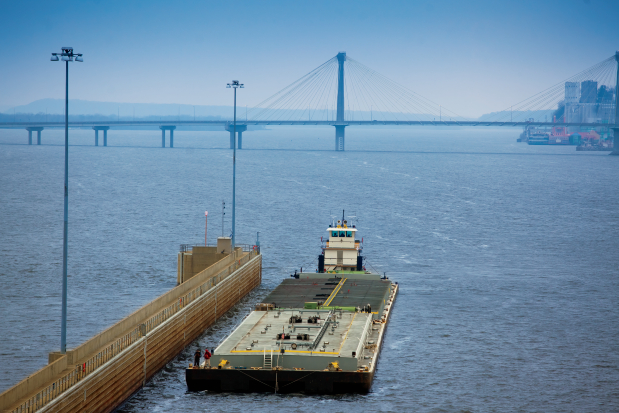
U.S. Representatives Rodney Davis, a Taylorville Republican, and Cheri Bustos, a Democrat from East Moline on the Mississippi, have pushed measures that would allow federal officials to work with private interests in lock planning, design and construction. Groups such as Farm Bureau, ISA and other farmer-run organizations work with local and state agencies to address Illinois bridges potentially in need of costly rehab.
Winfield Republican U.S. Rep. Randy Hultgren notes congressional efforts to extend tax credits for regional, short-line railroads that connect smaller customers to major rail freight networks and forge a “long-term, real reform” highway bill that will address pressing road/bridge needs. “Traditional funding from our state and federal sources may be drying up,” Hultgren says. “We need to talk about every single option out there to fund infrastructure.”
SEE MORE: Examples of Illinois Infrastructure


